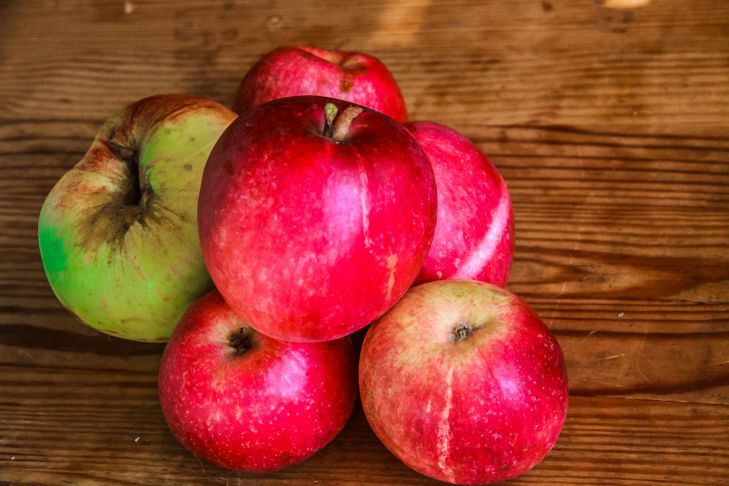Many people who have just decided to try healthy eating may be surprised when they first calculate their planned food expenses.
The thing is, popular recommendations generally only take into account expensive products.
This gives the impression that healthy eating is "entertainment" for the wealthy.
Is this really true?
Much depends on your knowledge of the composition of food and the beneficial properties of products. Thanks to this, you can find a worthy replacement for popular expensive options.
Not everyone knows, for example, that buckwheat is almost as good as quinoa, but this cereal is considered a real superfood by many.

So you can eat right within your budget.
How to save money on healthy eating
You'll be surprised how expensive junk food is.
Instead of buying a bottle of harmful sweet water, it is better to take a regular one. It is much cheaper. Instead of buying packaged juice, it is worth paying attention to the same fruits. The cost will be identical.
Instead of unhealthy sausages and salami, it is better to buy tofu or chicken: the cost will be the same.
If you calculate how much unhealthy food can cost, you can buy something healthier for that money, experts say.
List of inexpensive and healthy products
There are basic products that can be prepared on a regular basis. These include all types of cereals and legumes. Vegetables include beets, onions, carrots, turnips, celery, cabbage, and pumpkin.
Slightly more expensive are broccoli, cauliflower, sweet peppers, chili. Don't forget about cucumbers and tomatoes, especially in season.
Fruits and berries should also be in the diet every day. In the summer, you can freeze those products that will be expensive in the winter and fall.
Apples are the ideal fruit for thrifty housewives. They are inexpensive all year round.








